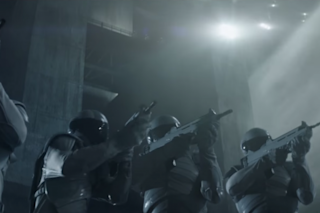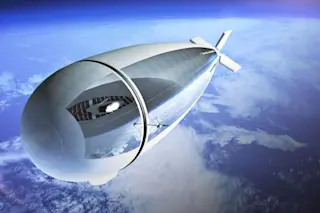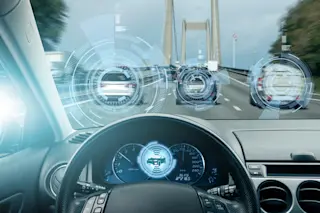Peacekeeper soldiers using the FS F2000 bullpup assault rifle in "The Hunger Games: Mockingjay - Part 1." Credit: Lionsgate You've probably seen a bullpup gun even if you don't know what it is. Millions of moviegoers have seen the futuristic-looking guns appear in the hands of Peacekeepers, the militarized law enforcers of the dystopian Capitol government in "The Hunger Games" films. The unusual shapes of bullpup guns have also featured in many past science fiction flicks such as the "Terminator" films, "Total Recall," "Stargate" and the "Robocop" series. But their unique designs aren't restricted to the silver screen. Many modern militaries have embraced bullpup guns as the ideal weapons for doing battle within the crowded streets and buildings of cities — scenes that could just as easily be ripped from Hollywood's more feverish dystopian nightmares. The eye-grabbing quality of bullpup guns comes from how they overturn the past 500 years ...
Hollywood's Science Fiction Guns
Discover the rise of bullpup guns in urban combat and their unique advantages over conventional guns.
More on Discover
Stay Curious
SubscribeTo The Magazine
Save up to 40% off the cover price when you subscribe to Discover magazine.
Subscribe













